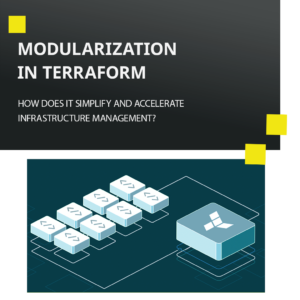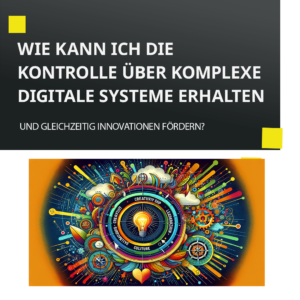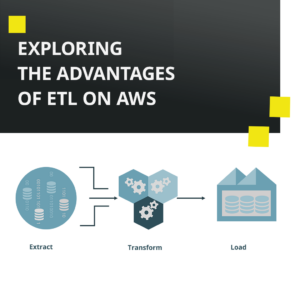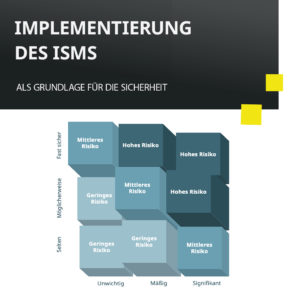Modularization in Terraform: How Does It Simplify and Accelerate Infrastructure Management?

information, technology, it
Terraform is a powerful infrastructure as code (IaC) tool that enables developers to define and provision infrastructure using a declarative configuration language.As infrastructure configurations grow in complexity, managing them efficiently becomes challenging. Modularization is a best practice in Terraform that simplifies and accelerates infrastructure management by breaking down the infrastructure code into reusable and manageable modules.This document explores how modularization in Terraform streamlines the management of infrastructure and accelerates the provisioning process.

Infographic IaC
Why use Terraform instead of creating services manually?
Using Terraform modules over manual click-ops in cloud provider dashboards offers significant advantages such as:
Consistency: Once written, Terraform code ensures that infrastructure is provisioned the same way every time.
Version Control: Terraform configurations can be versioned and stored in Git, making infrastructure changes trackable.
Automation: Terraform supports automation and can be integrated into CI/CD pipelines.
Scalability: Managing infrastructure through code scales much better than manual processes.
What is Modularization?
Modularization in Terraform means breaking down your infrastructure code into reusable parts called modules. A module is a set of Terraform files (.tf files) that define related resources, like setting up an AWS service. You can use these modules in different projects or environments.
By creating a single, well-built module, you can reuse it across many projects. This saves time, cuts down on mistakes, and reduces the effort needed to manage your infrastructure. Instead of writing new code for every project, you can rely on a proven module that does the job consistently, making it easier to manage and maintain your infrastructure.
Modularization Infographic
Benefits of Modularization
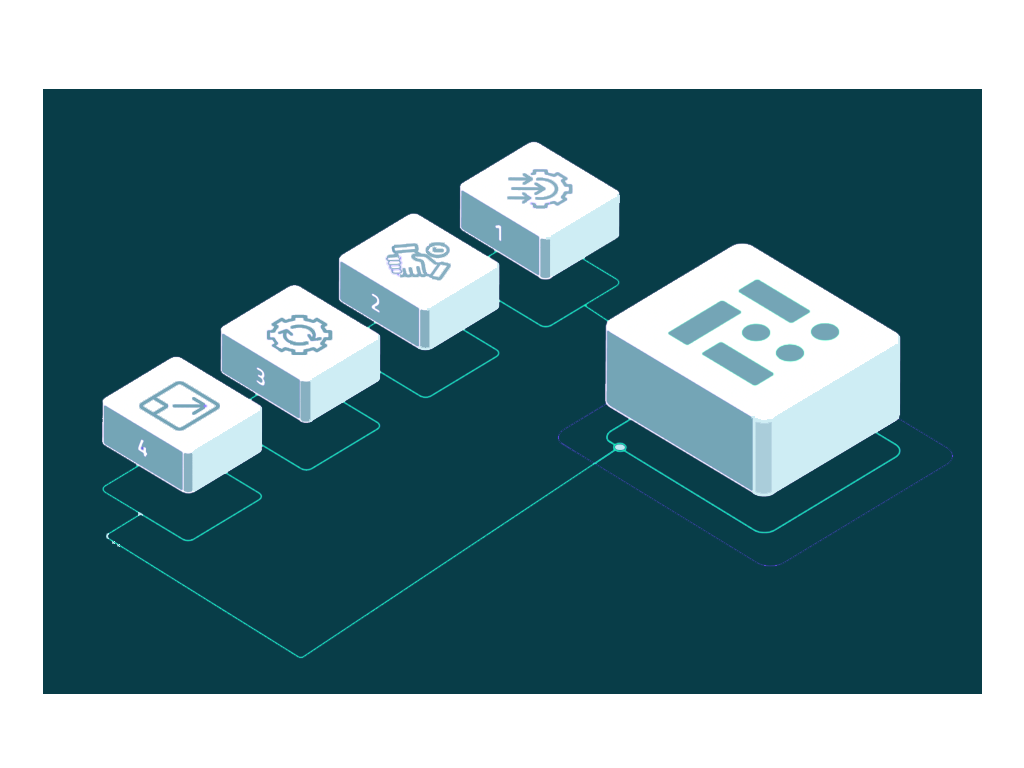
Modularization Infographic
Reusability
One of the primary benefits of modularization is reusability. Modules can be reused across different projects or environments, reducing duplication of code and effort. This not only saves time but also ensures consistency across infrastructure configurations. For example, a well-designed VPC module can be reused across multiple projects, ensuring that the VPC is provisioned consistently every time.
Maintainability
Modular code is easier to maintain and update. Changes to a module can be made in one place and propagated across all instances of the module, ensuring that the infrastructure remains consistent and up-to-date. This simplifies maintenance tasks and reduces the likelihood of errors due to manual configuration changes. Additionally, modularization allows for version control of modules, making it easier to track changes and roll back to previous versions if needed.
Scalability
Modularization allows for scaling infrastructure configurations without increasing complexity. As your infrastructure grows, you can develop new modules or extend existing ones to accommodate the additional resources. This makes it easier to manage large and complex infrastructures by breaking them down into smaller, more manageable pieces. In this context, integrated management concepts and systems play a crucial role in managing and optimizing infrastructure systems.

architecture, building, infrastructure
Collaboration
Modularization promotes collaboration and zusammenarbeit among team members by providing a standardized and organized structure for infrastructure code. Team members can work on different modules independently, reducing bottlenecks and facilitating parallel development. This enhances team productivity and accelerates the delivery of infrastructure changes.
Simplifying Infrastructure Management with Modularization

Infrastructure Management with Modularization
Consistent Configuration
Modularization promotes consistency by encapsulating specific functionalities within modules. This ensures that the same configuration logic is applied consistently across different environments, reducing the risk of configuration drift and ensuring infrastructure consistency. For example, a module that provisions an AWS VPC will apply the same CIDR blocks, security groups, and tags across all environments, ensuring uniformity.

computer, laptop, tech
Faster Provisioning
With modularization, reusable modules can be developed and tested independently, accelerating the provisioning process. Once a module is developed and validated, it can be easily reused across multiple projects or environments, reducing the time required to provision infrastructure resources. This enables organizations to deploy infrastructure changes more quickly, respond to business needs faster, and improve time-to-market.

matrix, code, computer
Easier Maintenance
Modularization promotes collaboration among team members by providing a standardized and organized structure for infrastructure code. Team members can work on different modules independently, reducing bottlenecks and facilitating parallel development. This enhances team productivity and accelerates the delivery of infrastructure changes. Moreover, modularization enables better code reviews, quality assurance, and knowledge sharing among team members, leading to improved code quality and reliability.
Improved Collaboration
Modularization promotes collaboration among team members by providing a standardized and organized structure for infrastructure code. Team members can work on different modules independently, reducing bottlenecks and facilitating parallel development. This enhances team productivity and accelerates the delivery of infrastructure changes. Moreover, modularization enables better code reviews, quality assurance, and knowledge sharing among team members, leading to improved code quality and reliability. By positioning ourselves as a strategic partner, we can further enhance team productivity through effective collaboration and addressing complex challenges together.
Module Structure
A basic Terraform module typically contains the following three files:
main.tf: This file defines the actual infrastructure resources. For example, if you are creating a module for an AWS EC2 instance, main.tf will contain the code to define the instance.
Example main.tf for an EC2 instance:

Example module structure main.tf
variables.tf: This file defines the input variables that are required to customize the module. For example, variables for instance type or AMI ID.
Example variables.tf:
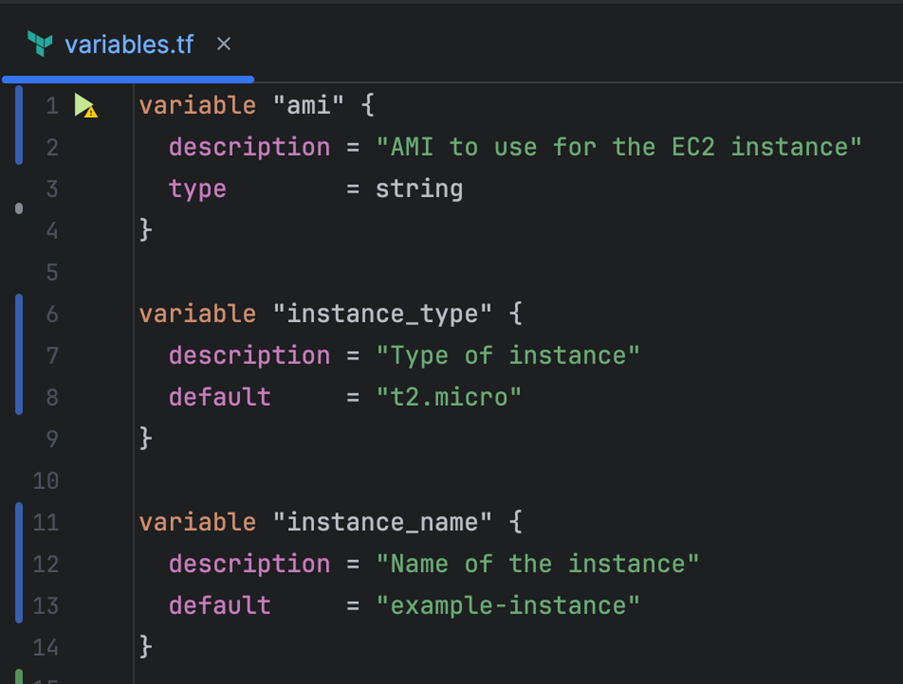
Variables.tf
outputs.tf: This file defines the output values of the module. These outputs are useful for passing information back to the calling module.
Example outputs.tf:

Example outpurs.tf
Together, these files allow for reusability, customization, and encapsulation of logic within the module, ensuring that it can be reused across different projects or environments.
Using Public Modules
Terraform has a public registry of modules—the Terraform Registry—which is a vast collection of pre-built modules shared by the community. These modules help to avoid reinventing the wheel by providing reusable solutions for common infrastructure tasks.
For example, to use a publicly available module for creating a VPC, you can reference it directly from the registry:
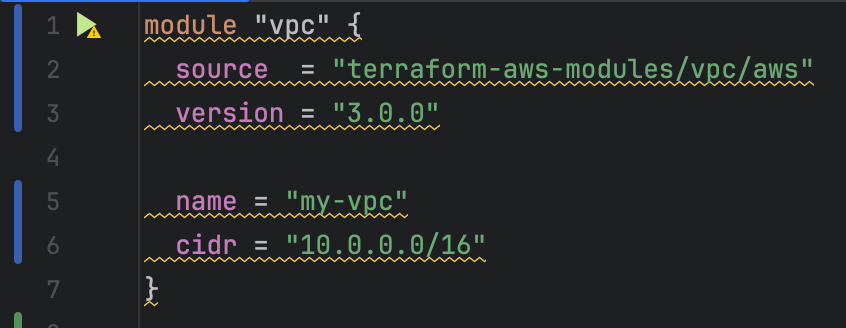
Example module „vpc“
Versioning of Modules
Version control is essential when using modules, especially in teams or across multiple environments. Terraform allows you to specify the version of a module in the source argument to ensure that updates to the module do not unexpectedly break your infrastructure, for example:

Example module „vpc2“
This ensures that even if the module is updated in the registry, your infrastructure will continue using the version specified. It’s a best practice to pin the module version to prevent surprises when running terraform apply.
This allows you to leverage tested, reliable modules without writing everything from scratch.
Conclusion
Modularization is a key practice in Terraform that simplifies and accelerates infrastructure management by breaking down infrastructure code into reusable and manageable modules. By promoting reusability, maintainability, scalability, and collaboration, modularization streamlines the management of infrastructure, accelerates the provisioning process, and enhances team productivity. Incorporating modularization practices in your Terraform projects can significantly improve your infrastructure management workflows and help you build robust and scalable environments with ease.
